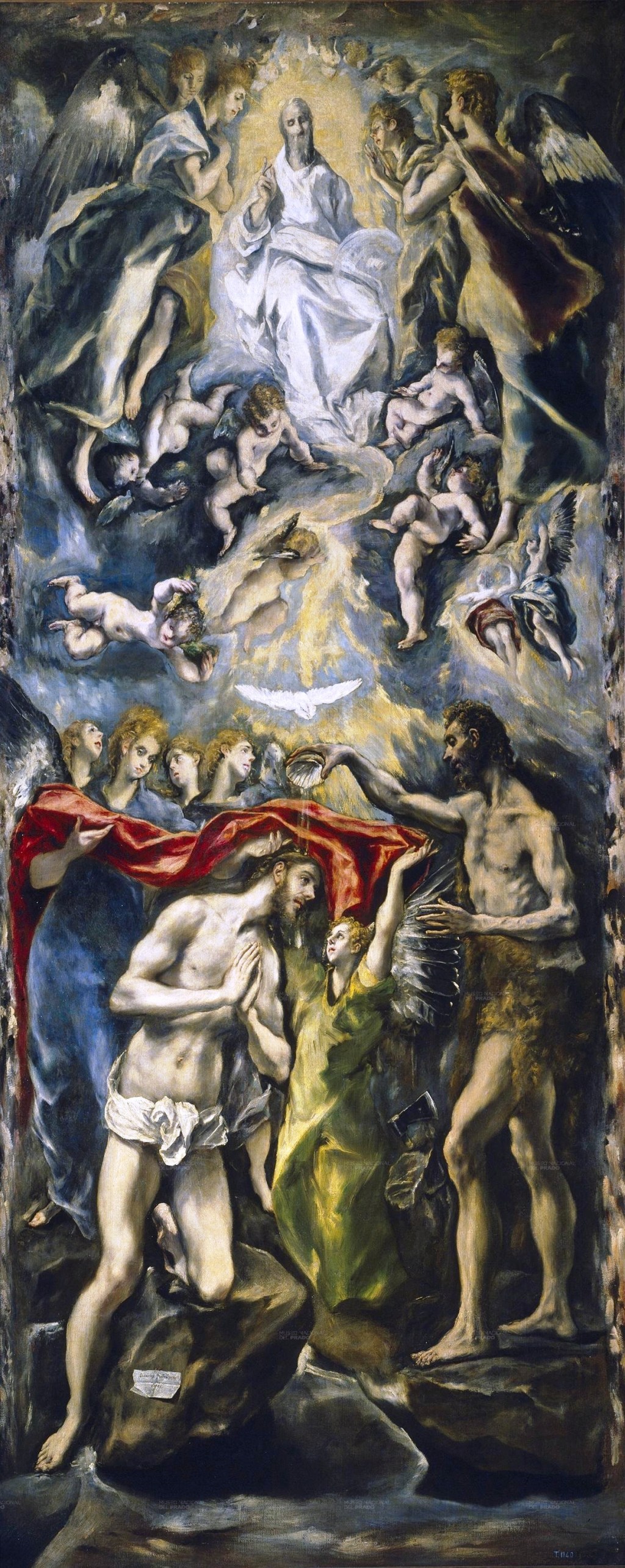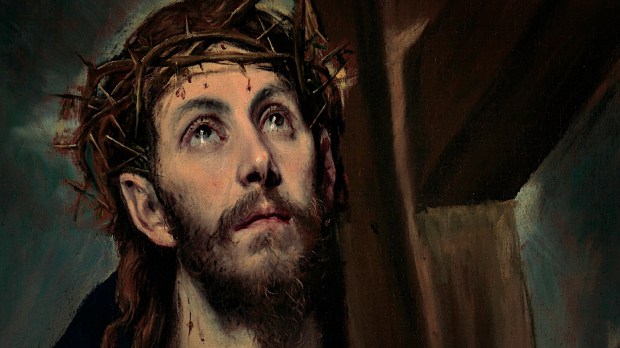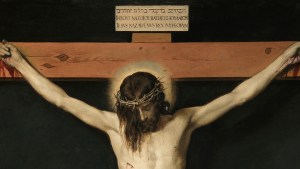Rome is actively paving the way towards the coming jubilee. This Wednesday, September 6, a new, unique exhibition is opening. Named I Cieli aperti: El Greco a Roma (Italian for “Open Skies: El Greco in Rome”), the exhibition, set in the church of Sant’Agnese in Agone, brings together a series of masterpieces by the Greek-Spanish painter Domenikos Theotokopoulos – El Greco.
El Greco was born in what was then the Kingdom of Candia (today’s Crete), which was at that time part of the Republic of Venice and the center of post-Byzantine art. He trained and became a master within that tradition before moving to Venice (as most Cretan artists did back then) and then moved to Rome, where he opened a workshop. It was during his stay in Italy when he moved from Byzantine art and enriched his style with elements of Mannerism and of the Venetian Renaissance. Finally, in 1577, he moved to Toledo, Spain, where he lived and worked until his death.
Msgr. Rino Fisichella, pro-prefect of the Dicastery for Evangelization, also explained that the works will be on display until October 5, 2023. The exhibition includes three masterpieces that leave Spain for the first time: The Holy Family with Saint Anne (Toledo, Hospital de Tavera), The Baptism of Christ (Toledo, Hospital de Tavera), and Christ Carrying the Cross (El Bonillo, Museo Paroquial). The exhibition will be open daily from 9 a.m. to 9 p.m.

The initiative is part of the “Jubilee Is Culture” program, which comprises a series of cultural events in preparation for the coming Jubilee. This exhibition is one of the first events opening a “pilgrimage of beauty” toward the Holy Year.
Pilgrims of hope
Pilgrims of hope: This will be the motto to inspire the Church in the Jubilee Year 2025, the next ordinary jubilee on the calendar after the Great Jubilee of the Year 2000.
Archbishop Fisichella says that the chosen words, pilgrims and hope, represent key themes of Pope Francis’ pontificate.
“There is so much work to be done” in these two years of preparation, the archbishop added.
What is a jubilee?
A jubilee, at least within the Catholic Church, is a significant celebration that commemorates either a milestone or an anniversary, typically occurring at intervals such as 25, 50, or 100 years. Rooted in the biblical concept of the jubilee year found in the Book of Leviticus, the Catholic jubilee carries deep theological significance and serves as a time of spiritual renewal, forgiveness, rest, and reconciliation.
In Leviticus 25:8-13, God commanded the Israelites to observe a jubilee year every 50 years. During this year, the trumpet was sounded throughout the land, proclaiming the forgiveness of debt and the return of ancestral properties. It was a time of rest, restoration, and the reestablishment of justice and equality.
This passage from Leviticus is clearly echoed in the Greek original formulation of the Lord’s Prayer (“forgive us our debts,” kae aphes hēmin ta opheilēmata hēmōn, and not “our trespasses,” as in the later English translation) and in Jesus’ first sermon as found in the Gospel of Luke, which presents him unrolling the scroll of Isaiah on a Saturday in the synagogue, and announcing he had come to proclaim “the Year of the Lord” – that is, the jubilee year:
He went to Nazareth, where he had been brought up, and on the Sabbath day he went into the synagogue, as was his custom. He stood up to read, and the scroll of the prophet Isaiah was handed to him. Unrolling it, he found the place where it is written: “The Spirit of the Lord is on me, because he has anointed me to proclaim good news to the poor. He has sent me to proclaim freedom for the prisoners, and recovery of sight for the blind, to set the oppressed free, to proclaim the year of the Lord’s favor.”
Lk 4:16-19
The Catholic jubilee draws inspiration from these biblical references, highlighting the themes of liberation, forgiveness, and renewal. It serves as a visible sign of God’s mercy and an opportunity for the faithful to experience spiritual freedom and reconciliation with God and one another.
One of the best known Catholic jubilees is the Holy Year of Jubilee, which occurs every 25 years – the one that will next be celebrated in 2025. It was first instituted by Pope Boniface VIII in 1300, and subsequent popes have continued this tradition. The Holy Year is characterized by special activities, pilgrimages, and the granting of indulgences to the faithful.



